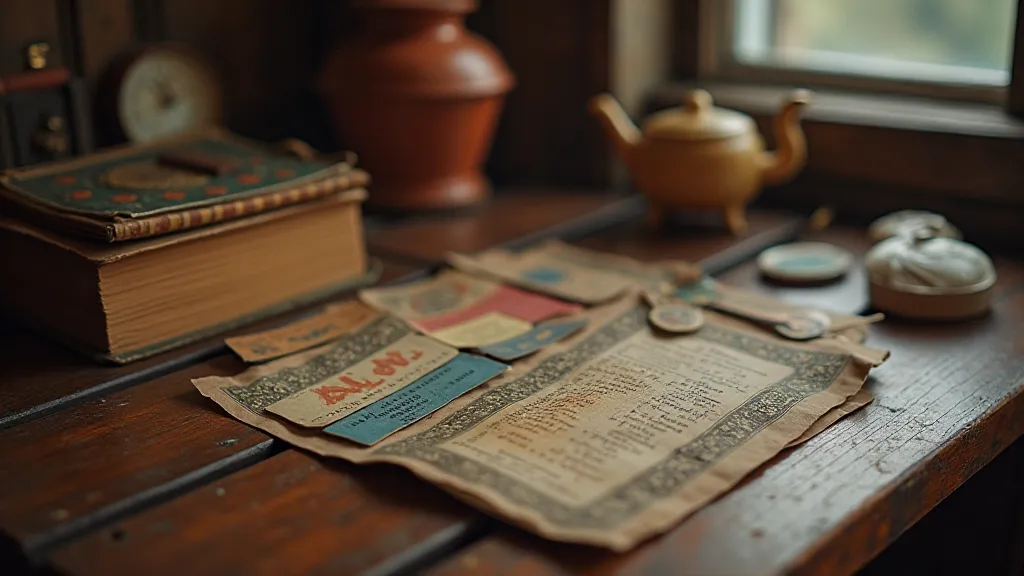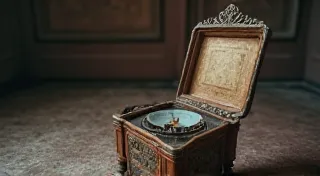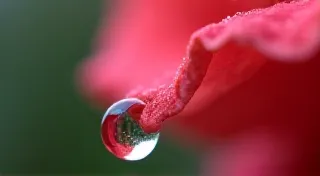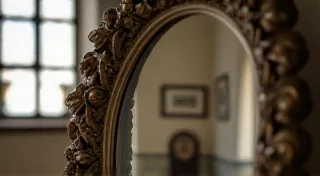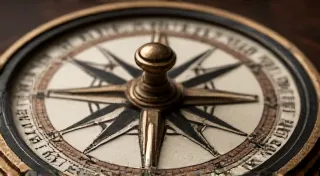Chromatic Narratives: Decoding the Symbolism of Colors in Vintage Bookmarks
There’s a peculiar intimacy in holding a vintage bookmark. It's more than just a sliver of paper or cardstock holding a place in a beloved book; it’s a tiny window into a past era, a silent witness to countless readings, and a surprising wellspring of hidden meaning. For those of us drawn to collecting these miniature treasures, it's a journey not just of acquisition, but of discovery - uncovering the stories embedded within their design, their materials, and, perhaps most profoundly, their colors.
My own fascination began with a simple, unassuming bookmark – a pale yellow cardstock with a faded depiction of sunflowers. I found it tucked within a first edition of “Little Women.” Suddenly, it wasn’t just a bookmark; it was a companion, a faint echo of the young woman who once marked her place in those pages. That’s the power of vintage bookmarks – they connect us to the past in a tangible, deeply personal way. And within that connection, the colors speak volumes.
The Radiant Optimism of Yellow
Yellow, in many cultures, represents joy, intellect, and optimism. In the late Victorian and early 20th centuries, when bookmark production reached a peak of artistry and sentimentality, yellow bookmarks were exceptionally common. They often featured depictions of sunrises, fields of flowers, or cheerful landscapes. The abundance of yellow also coincided with the rise of inexpensive aniline dyes, making it a readily available and affordable color for mass production. Think of the vibrant, almost electric yellows found on many Art Deco bookmarks – they exude a confidence and forward-looking spirit characteristic of the era.
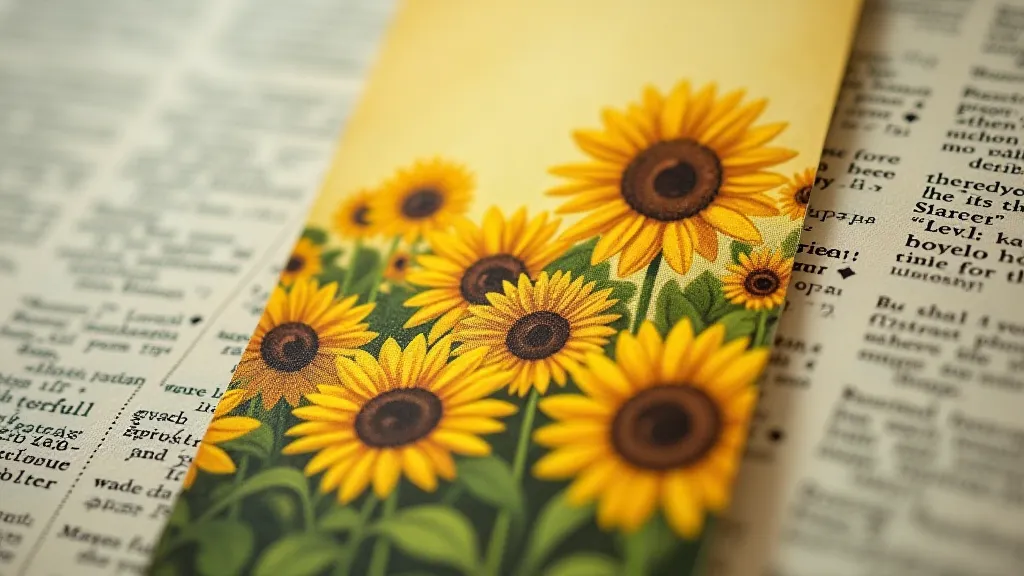
However, the meaning of yellow wasn’t always so unequivocally positive. A paler, more muted yellow could signify caution or envy, a subtle nuance often employed in more complex designs. The context of the design is key. A yellow bookmark paired with a depiction of a storm cloud carries a very different meaning than one showcasing a picnic in a meadow. The careful arrangement of a collection, much like a miniature, paper constellation, can tell its own story, too—a concept we explore further in "Paper Constellations: The Art of Bookmark Composition and Arrangement".
The Depth and Melancholy of Blue
Moving away from the vibrant cheer of yellow, we encounter the profound depth of blue. Representing tranquility, loyalty, and often, melancholy, blue bookmarks often evoke a sense of quiet contemplation. The use of blues varied greatly, from the rich, inky shades of royal blue to the ethereal hues of forget-me-not blue. Victorian mourning practices, for example, frequently incorporated blue ribbons and accessories, leading to a rise in blue-toned bookmarks appearing in memorial albums and keepsake books.
The accessibility of blue dyes also fluctuated over time. Early blue dyes were often expensive and made from natural sources, making blue bookmarks a more prized possession. As synthetic dyes became more prevalent, a wider range of blues – from turquoise to cobalt – became available, leading to greater artistic experimentation.
The Passion and Danger of Red
Red, the color of blood and fire, commands attention. In vintage bookmarks, red often symbolized passion, courage, or even danger. It was frequently used to highlight important details within a design or to create a sense of urgency. Think of the dramatic red lettering on a bookmark advertising a theatrical performance, or the bold red accents on a bookmark depicting a heroic knight. Red bookmarks were also frequently used in promotional materials for businesses, as the color naturally draws the eye.
However, red also carried negative connotations – anger, aggression, and even warning. A red bookmark paired with a depiction of a volcano, for instance, would clearly convey a sense of impending doom. The careful balance of red within a design was crucial to effectively communicate the intended message.
The Serenity of Green
Green, the color of nature and growth, often conveyed feelings of harmony, peace, and renewal. Vintage bookmarks featuring landscapes, forests, or gardens are almost invariably rendered in various shades of green. It's a color that instantly evokes a sense of calm and tranquility. The use of green was also influenced by the Art Nouveau movement, which celebrated natural forms and organic shapes, often incorporating lush, verdant greens into their designs.
Interestingly, the shades of green used could also indicate social standing. Certain expensive, naturally-derived green pigments were prized by the wealthy, while more common, synthetic green dyes were used for mass-produced bookmarks. Often these bookmarks acted as silent guardians, preserving not just the place in a book, but also a moment in time—a sentiment echoed in The Silent Guardians: Bookmarks as Relics of a Fading Literary Ritual. They've become treasured artifacts, holding a special place in the history of literature.
The Elegance of Purple
Historically, purple dye was incredibly expensive, derived from rare sea snails. This rarity associated purple with royalty, luxury, and spirituality. Vintage bookmarks featuring purple hues often possess a sense of elegance and sophistication. Even when synthetic purple dyes became more accessible, the association with luxury lingered, making purple bookmarks a desirable collectible.
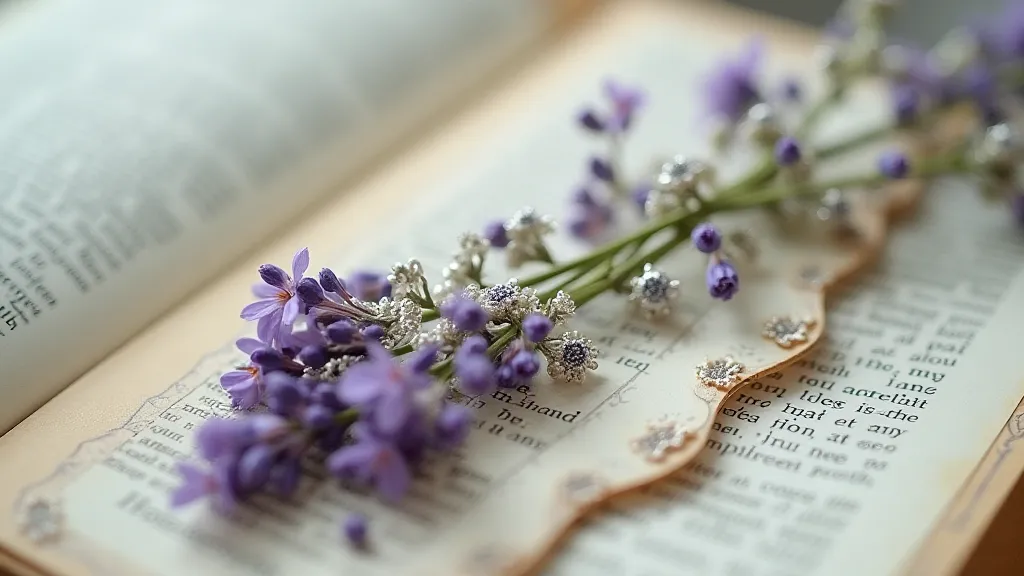
Beyond the Hue: Considering Material and Context
While the color is paramount, understanding the materials and context of a vintage bookmark further enriches the decoding process. Was it printed on thick, luxurious cardstock, suggesting it was a gift or a keepsake? Or is it flimsy and mass-produced, likely given away as a promotional item? The type of paper, the printing technique (lithography, engraving, etc.), and the presence of any embellishments (ribbons, tassels, lace) all contribute to the overall narrative.
Restoration, if undertaken, should always be approached with caution. The goal isn't to “perfect” the bookmark but to preserve its integrity and character. Cleaning should be gentle, and any repairs should be reversible.
The collection process itself can be incredibly rewarding. Examining the interplay between the bookmark and the book, the marginalia, and the overall reading experience—this brings a depth of understanding, a tapestry of time, that transforms collecting from a hobby into a form of historical research. It’s a fascinating intersection, which we delve into more thoroughly in "The Cartographer of Memory: Tracing Literary Journeys Through Bookmark Collections. These miniature chronicles offer glimpses into the lives and reading habits of those who came before us.
Imagine finding a bookmark from the early 1900s tucked into a well-loved copy of "Pride and Prejudice." What can that single, small object tell you about the reader? Perhaps it was a young woman indulging in a romantic escape from the constraints of Victorian society. Or maybe it belonged to a scholar meticulously annotating the text. Each bookmark holds a potential story, a whisper from the past.
The allure of vintage bookmarks lies not just in their aesthetic beauty but in their ability to connect us to those who came before. They are tangible links to a bygone era, offering glimpses into the lives and passions of previous readers. The marginalia, those handwritten notes and annotations scrawled in the margins of the books, further enhance this connection, providing even greater insight into the reader's thoughts and reactions.
To truly appreciate the value of a vintage bookmark, one must consider not only its color and design but also its provenance and its relationship to the book it once accompanied. It’s a journey of discovery, a process of unraveling the stories embedded within these small, often overlooked treasures. It’s a form of literary archaeology, allowing us to piece together fragments of the past and create a more complete picture of those who shared our love of books.
And as our appreciation for these miniature artifacts grows, so too does our understanding of the rich and complex history they represent. The vintage bookmark is more than just a place-holder; it's a portal to another time, a testament to the enduring power of literature, and a reminder of the shared human experience.
